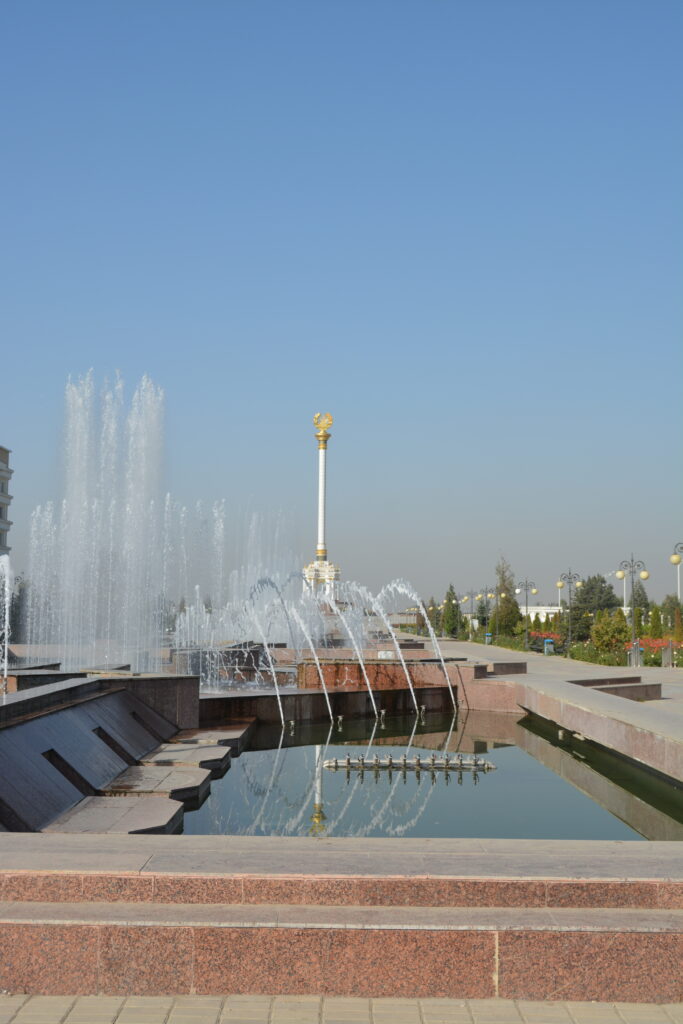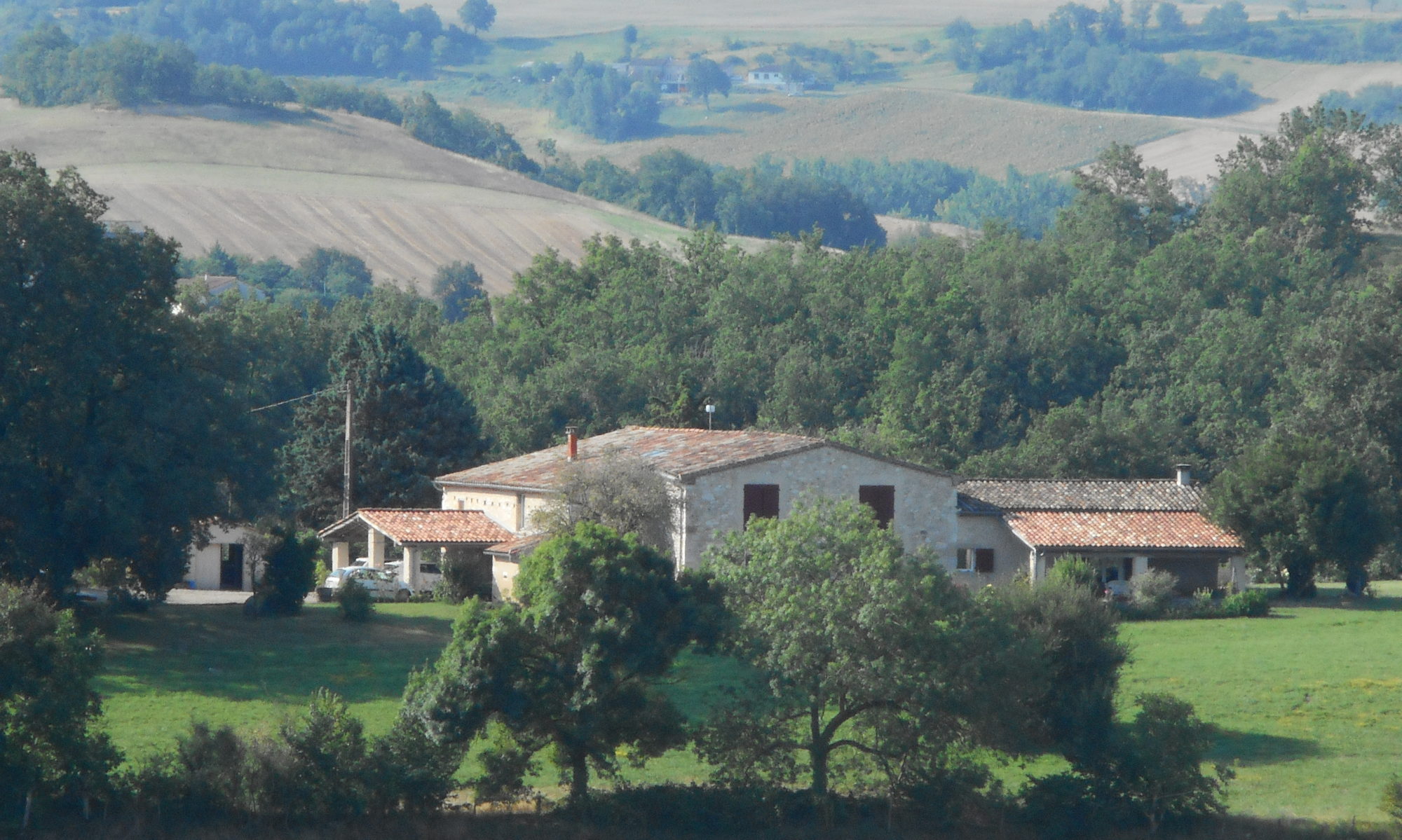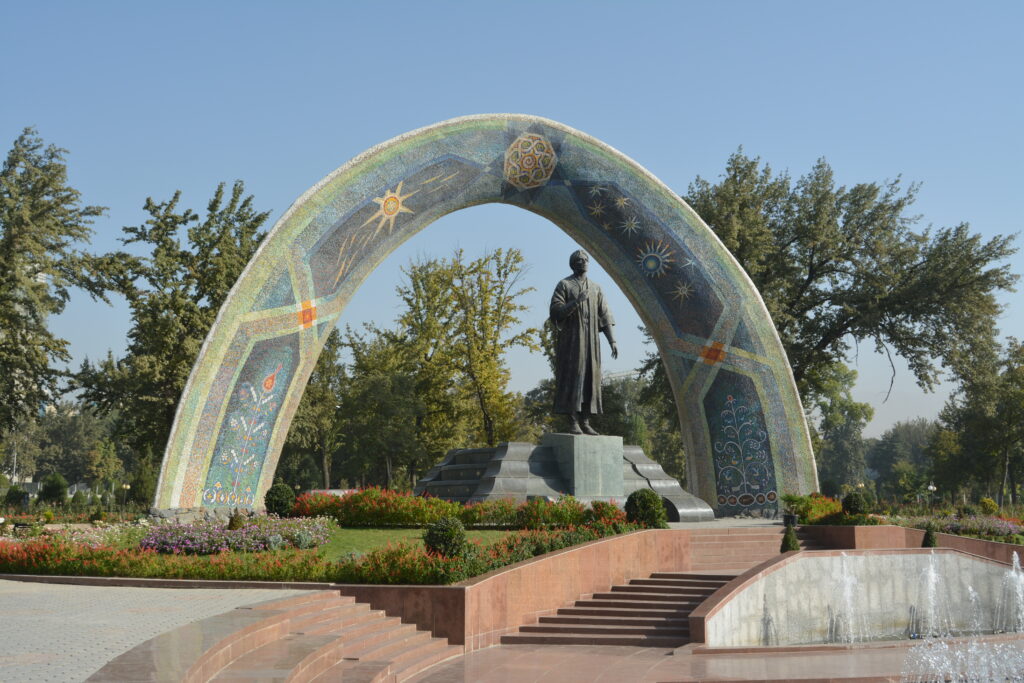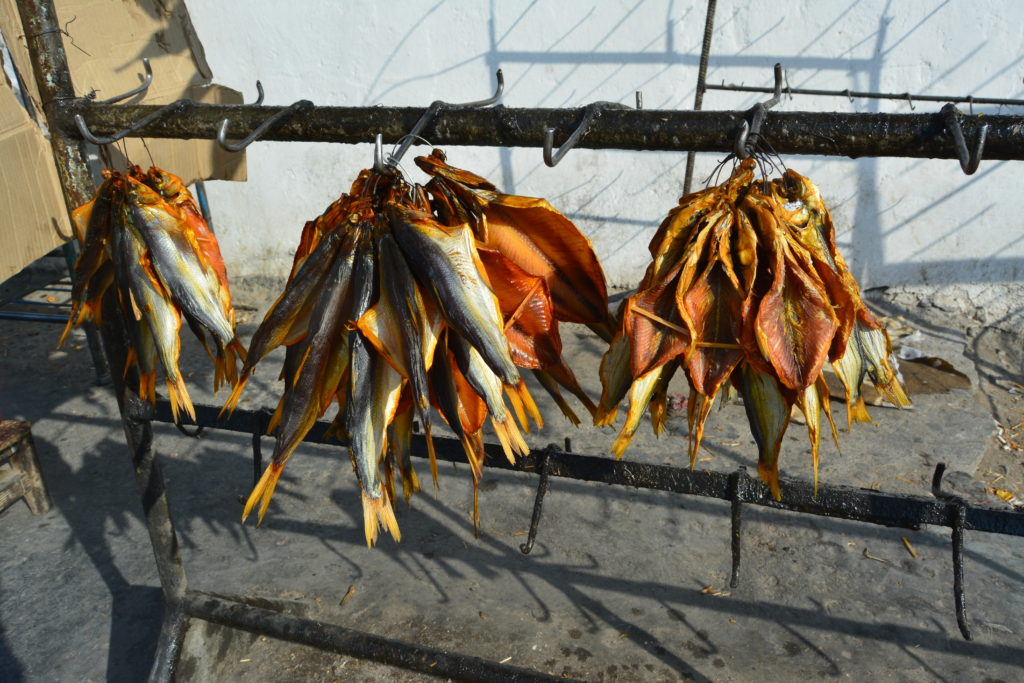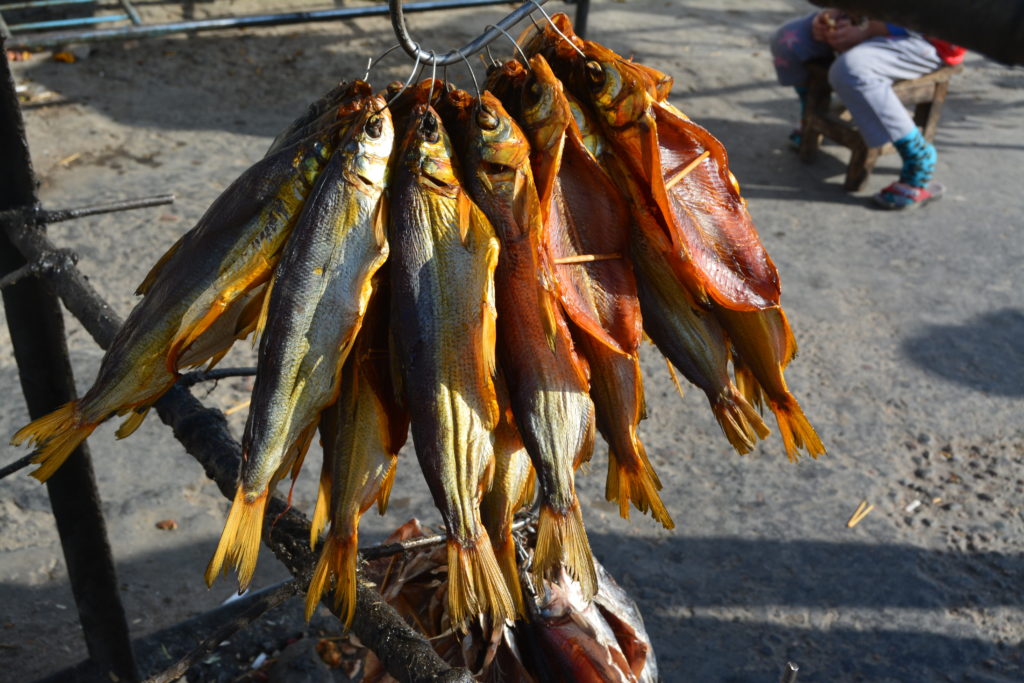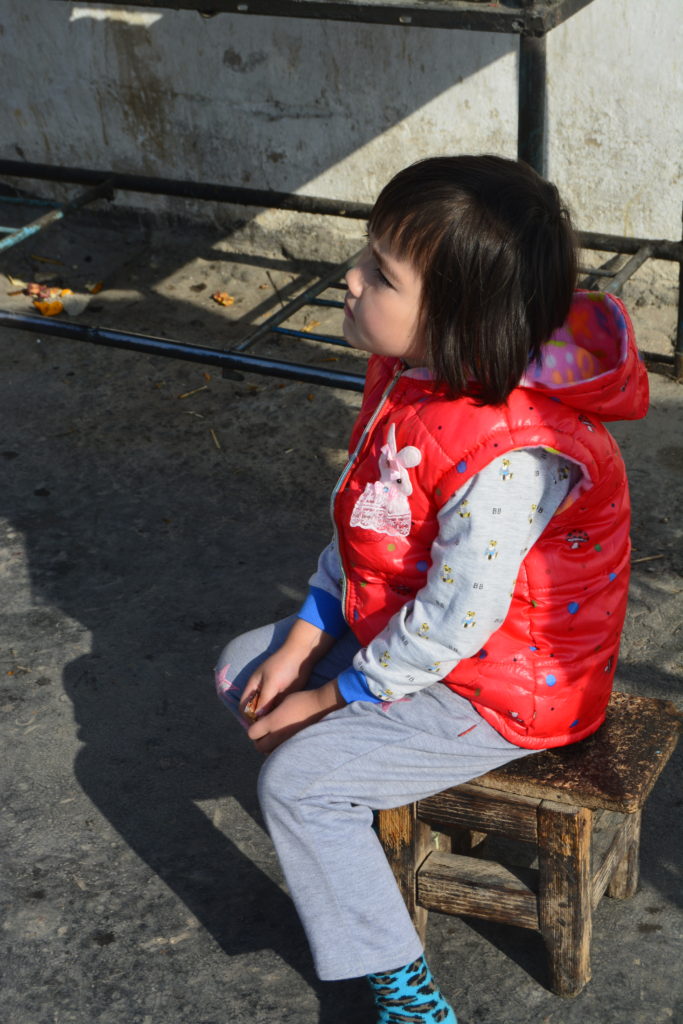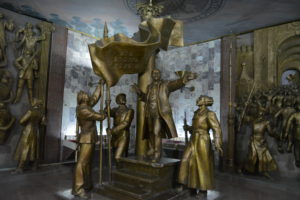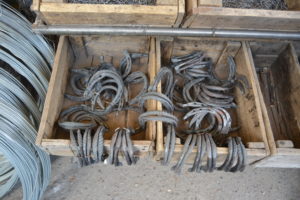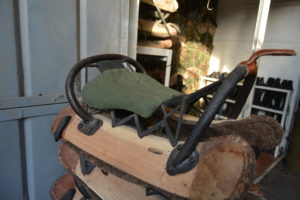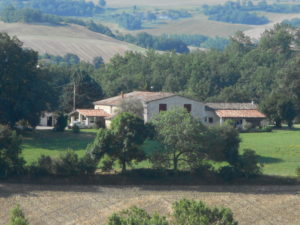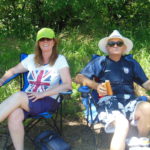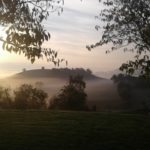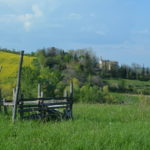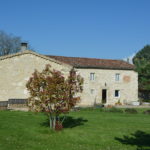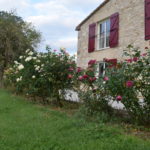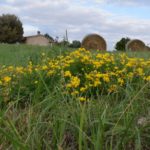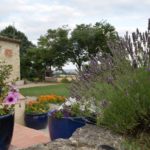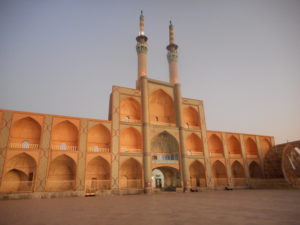So off on the road again towards Lake Issky-Kul which seems to be in the back of beyond but our guide book reliably informs us that in summer it is the “Cancun” of Kyrgyzstan with loud music bronzed bodies and immoral behavior. Although this poster we pass seems to indicate some dubious habits can be found here. Interesting name for a toothpaste dont you think ?.


On the way we stop off for crisps and coke and I get pan handled by some guy trying to get money remarkably he does it in English but he still does not get any.

when was the last time you saw a coal truck (If ever for the under 30’s)
Well I have to say there was nothing untoward going on when we get to the hotel it is not as lively as the book advises however the place was a revelation in as far as the set up as there were cabins and small two story accommodation blocks which had around 10 units each. My room was adequate but it was built really for summer occupation and the place was almost empty. Not sure why when there was so much lake to see we are put at the furthest point away from it and facing the wrong was but hey we are only here one night so who cares. The grounds were very well laid out with hundreds of rose bushes and apple trees.


Issyk Kul (also Ysyk Köl, is an endorheic lake (that just means it does not drain into anywhere the water only comes in not out) in the northern Tian Shan mountains in eastern Kyrgyzstan. It is the tenth largest lake in the world by volume and although it is surrounded by snow-capped peaks, it never freezes hence its name, which means “hot lake”. Lake Issyk Kul has a length of 182 kilometres (113 mi), a width of up to 60 kilometres (37 mi), and covers an area of 6,236 square kilometres (2,408 sq mi). This makes it the second largest mountain lake in the world behind Lake Titicaca in South America. (been there done that it is so high up and the oxygen level is so low I had a lot of trouble keeping my cigarettes lit)


Interesting anecdote we are at the site where Nikolai Mikhaylovich Przhevalsky 1839 – 1888 is buried, he was a Russian geographer and a renowned explorer of Central and Eastern Asia. Although he never reached his ultimate goal, the holy city of Lhasa in Tibet, he traveled through regions then unknown to the West, such as northern Tibet, modern Qinghai and title=Dzungaria>Dzungaria (northern Xinjiang). The reason I mention this is I have just finished reading a book on explorers trying to reach “Lhasa in Tibet” and this guy was one of the first to try and fail however there were many more eccentric people who continued to attempt the same feat and after it someone actually manager to get in around 100 years later they found a dirty disgusting place with smelly people with bad manners. The English of courst sent a party of soldiers and got in quite easily against a people who had little defence.
